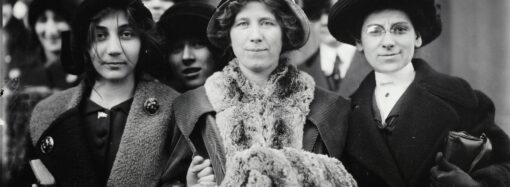“
Cato Institute’s scholars Tanja PorÄnik and Ian Vásquez have recently released the 2018 Human Freedom Index (HFI), a report where the authors look at freedom in the world using data from 2016. The HFI ranks countries from most to least free after analyzing 79 indicators related to personal and economic freedom. Here are five graphs that summarize the report’s main takeaways. Â
The link between personal and economic freedom
As shown in the graph below, personal and economic freedom are highly correlated: those countries with high economic freedom tend to rank high in terms of civil liberties. This is the case of New Zealand (3rd in EF; 6th in PF), Switzerland (4th in EF; 10th in PF) or Canada (10th in EF; 12th in PF).
Nonetheless, these results must be taken carefully. After all, correlation doesn’t imply causation. For example, Singapore ranks 2nd in economic freedom, but 62nd in personal freedom. Similarly, Argentina can be found in the first tercile regarding civil liberties, but ranks 160 out of 162 countries in terms of economic freedom.
There is no doubt that, under certain circumstances, economic freedom can lay the foundations for the establishment of a political system that respects personal and political liberties. Yet this relationship is far more complex than it appears on the surface.















Leave a Comment
Your email address will not be published. Required fields are marked with *